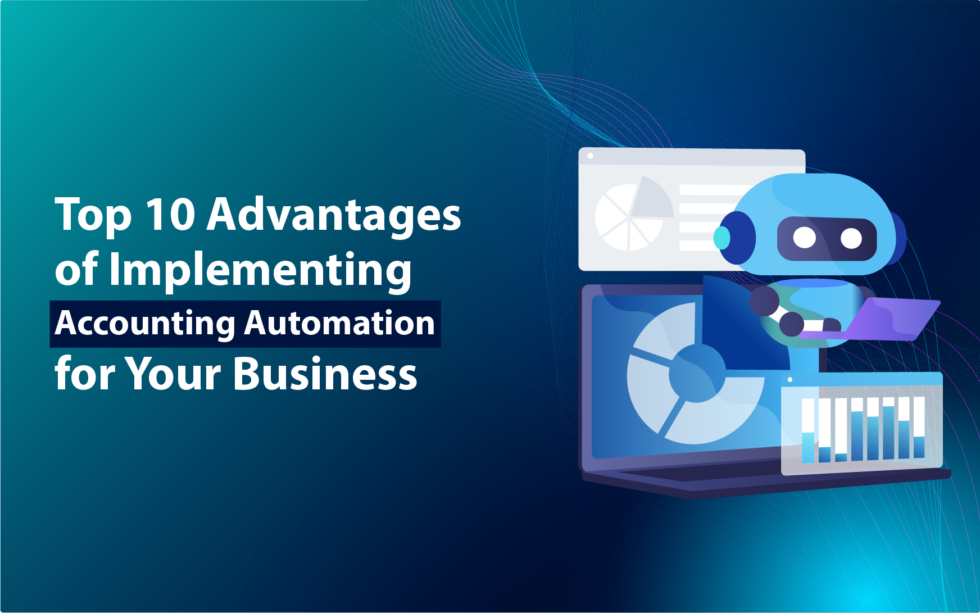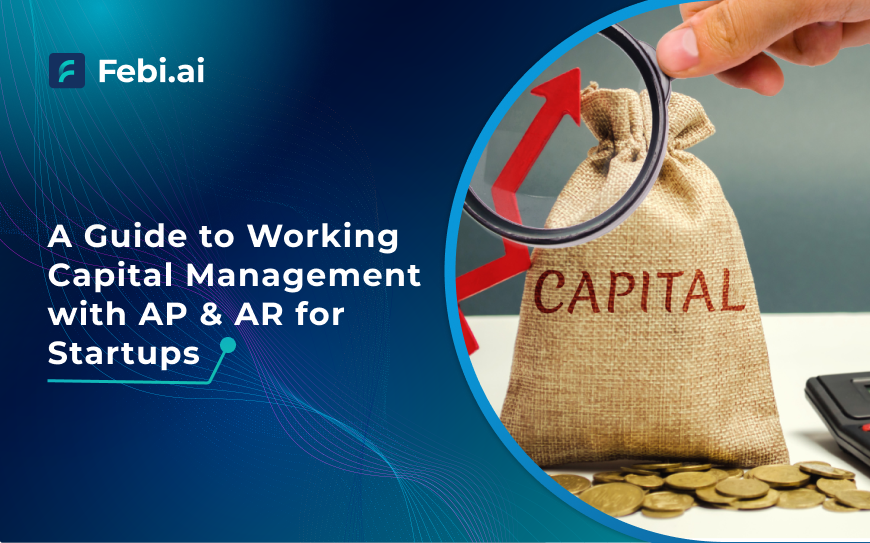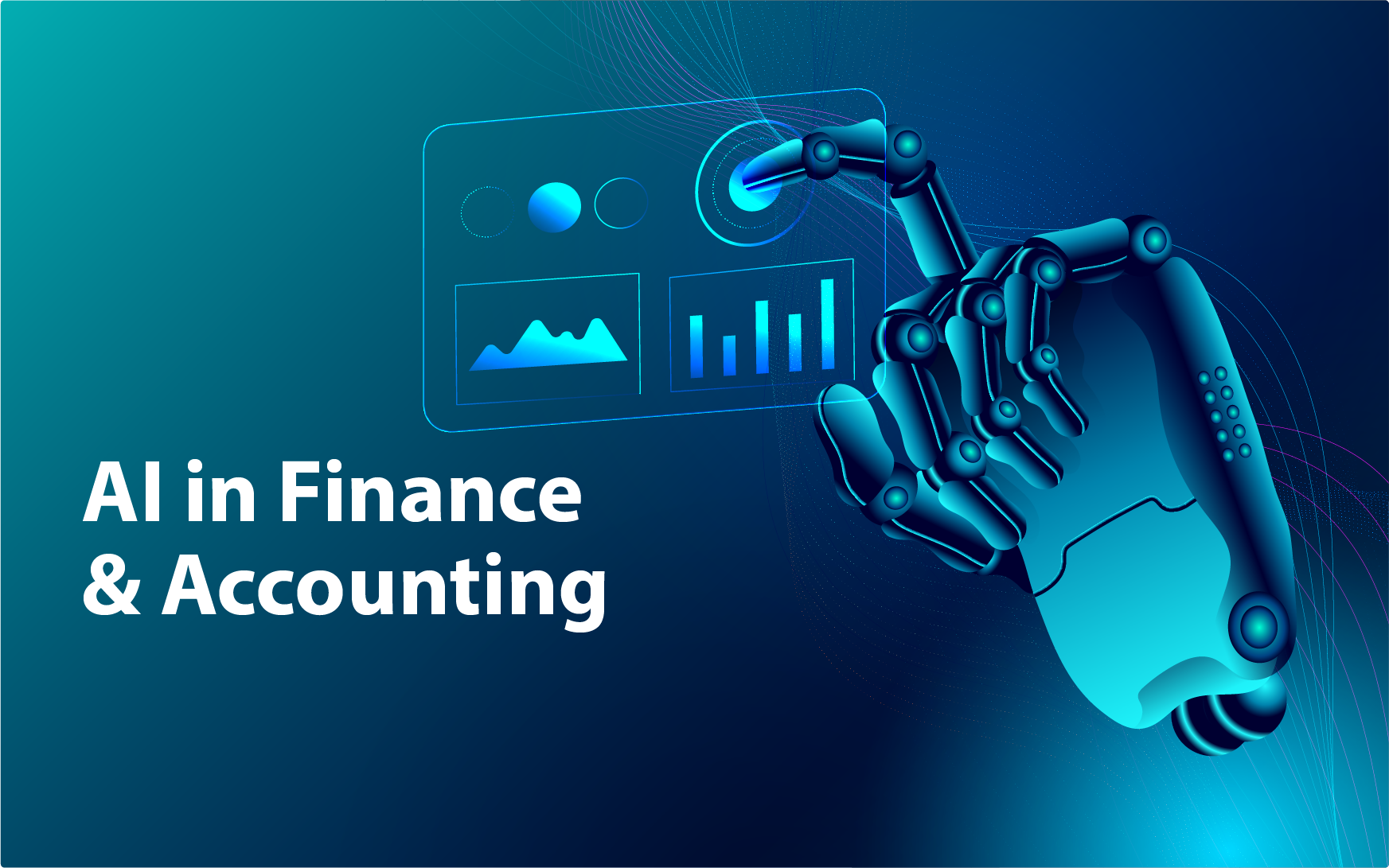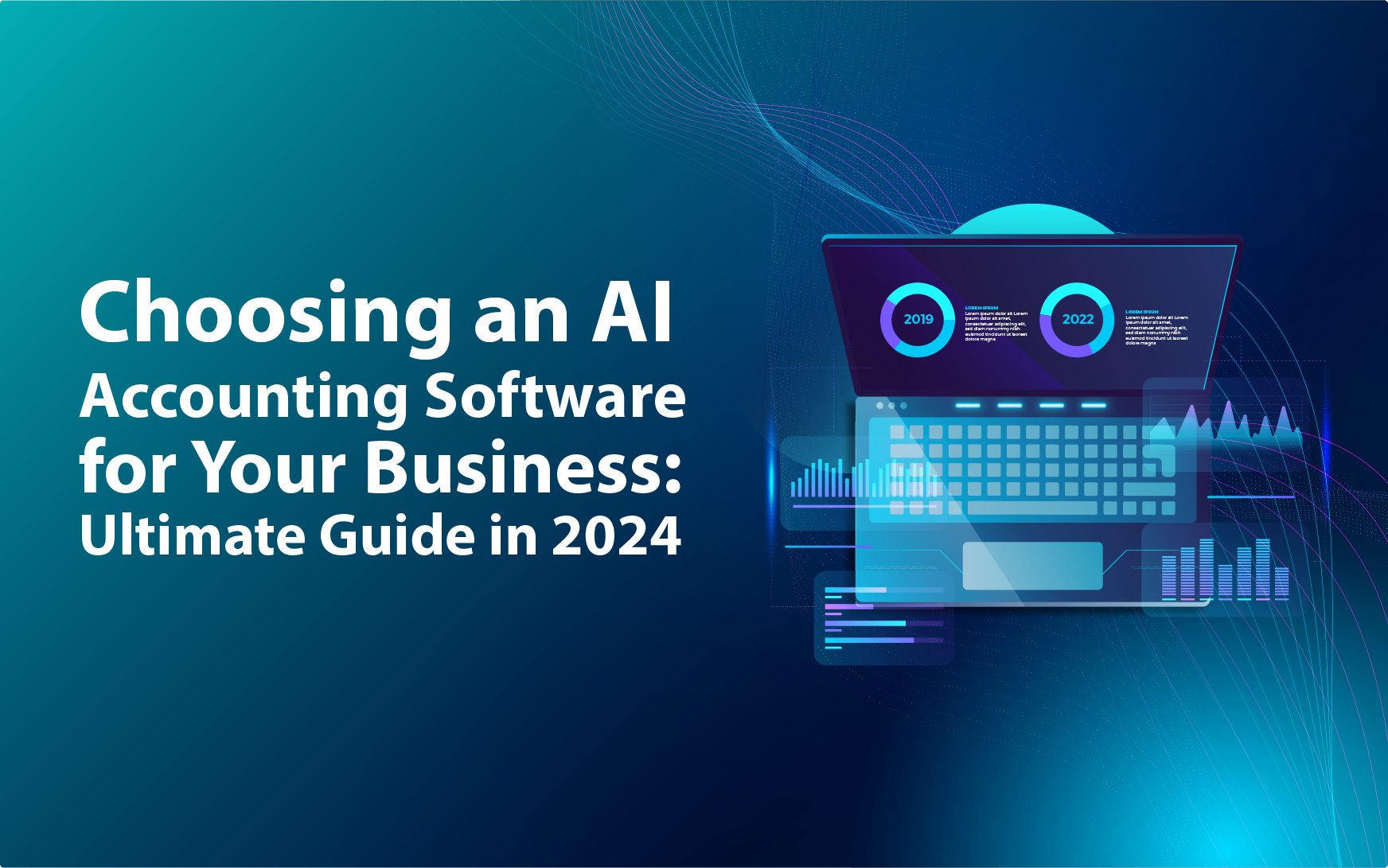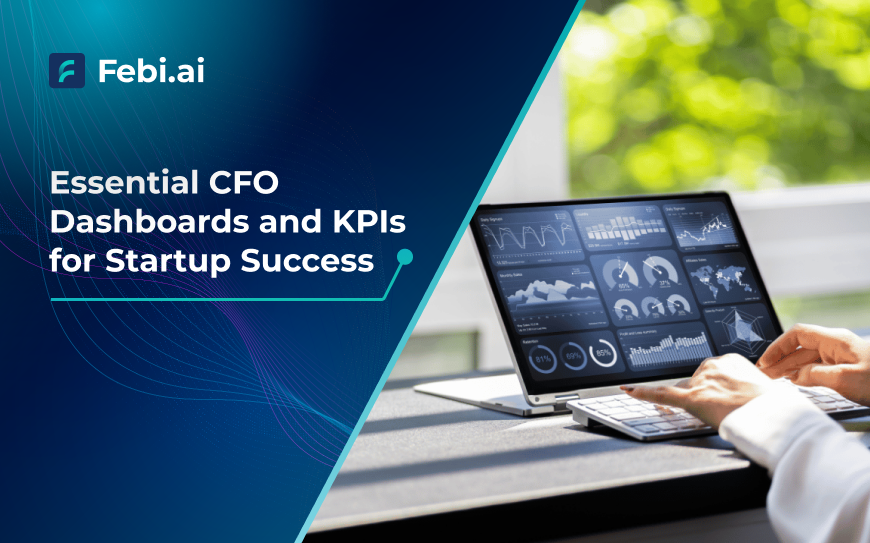Over the past year, 57% of businesses have actively pursued cost-cutting measures, finding and slashing inefficiencies across procedures, risk management, and time utilisation. If you, too, are a part of this drive to optimise expenses yet haven’t explored accounting automation, you’re missing out on a substantial savings opportunity. Plus, there are numerous other benefits of implementing accounting automation. Continue reading as we explore the benefits of automation, from cutting down on waste to fortifying your business for upcoming challenges.
Table of Contents
What Is Automated Accounting?
Automated accounting refers to the utilisation of computerised systems, powered by AI or artificial intelligence and machine learning, to handle various bookkeeping tasks. These technologies automate basic data entry processes that traditionally require manual input. Think of it as having a personal digital assistant for your finances. By leveraging AI in accounting, you can streamline the financial process, improve accuracy, and offer real-time insights, altogether transforming the end-to-end process of managing financial records and transactions.
10 Benefits of Accounting Automation
- Strategic Decision Making: By generating accurate and timely financial insights, automated accounting systems empower decision-makers with the information they need to make sound strategic choices. Whether it’s assessing investment opportunities, evaluating operational efficiency, or planning for growth, access to reliable data enhances the decision-making process and minimises uncertainty.
Imagine a growing restaurant chain considering whether to open a new location. With automated accounting in place, the finance team can quickly access real-time financial data, including revenue, expenses, and profit margins across existing locations. Using this information, decision-makers can assess the financial health of the business and determine if it’s the right time to invest in expansion. Moreover, several AI accounting softwares offer branch accounting features that lets users keep a track of the financial position and health on a branch basis.
- Efficient Financial Processes: With accounting automation, mundane tasks like data entry are automated, reducing the time and effort required for manual processing. This streamlines financial operations across the board, from accounts receivable to invoicing, facilitating smoother collaboration and workflow efficiency between departments.
- Enhanced Accuracy and Reliability: The implementation of automated accounting significantly reduces the margin for human error. By minimising manual input, the likelihood of typos, miscalculations, or oversight decreases substantially. This ensures that financial data remains consistent, accurate, and reliable, laying a sturdy foundation for informed decision-making and financial analysis.
- Real-Time Financial Insights: Unlike traditional accounting methods, which often rely on periodic reports, accounting automation provides access to real-time financial data and insights. This instantaneous access to updated financial information allows stakeholders to make informed decisions promptly, responding swiftly to changing market conditions or internal dynamics.
Let’s assume a retail company implemented an accounting automation tool, and noticed a sudden spike in revenue during a busy sales period. With real-time financial insights that can be accessed at a click, they quickly discover that the increase is due to a successful marketing campaign targeting a specific demographic. This can enable them to promptly allocate additional resources to capitalise on the campaign’s success, optimising sales and maximising revenue.
- Compliance and Risk Management: Compliance with regulatory requirements and risk mitigation are paramount concerns for businesses of all sizes. Automated accounting systems leverage advanced technologies such as artificial intelligence and machine learning to ensure compliance with industry standards and regulations.
You’ll find a lot of accounting automation software offering a compliance calendar on your dashboard. This calendar gives prompt reminders for all your compliance due dates and even calculates the right amount. Additionally, these systems can identify and flag potential risks or anomalies in financial data, enabling proactive risk management strategies.
- Improved Budget Management: This is another benefit associated with quick access to crucial financial statements. Automated accounting systems can empower businesses to manage their budgets more effectively by providing instant access to comprehensive financial reports and statements. This enables finance teams to monitor spending, track variances, and adjust allocations promptly, optimising resource utilisation and enhancing overall financial control.
Consider a manufacturing company that implements accounting automation for budget management. Previously, they relied on manual processes to track expenses and monitor budgets, often resulting in delays in assessing purchasing power. However, with the implementation of automated accounting, the finance team now has real-time access to updated financial data. When a new item is needed for production, they can instantly review the budget status and determine whether the purchase is feasible. This immediate insight allows the company to make timely decisions, ensuring efficient resource allocation and minimising operational disruptions.
- Enhanced Collaboration Across Departments: Automation fosters seamless collaboration between different departments within an organisation by standardising processes and facilitating data sharing. Using role based access control features the tool administrator can decide the level of access rights to be allocated keeping collaboration and security considerations in perspective. This way, finance teams can collaborate more effectively with other departments, such as sales, procurement, and operations, to streamline workflows, resolve discrepancies, and achieve common objectives.
- Accessibility and Transparency: Automated accounting systems enhance transparency by providing stakeholders with real-time access to financial records and reports. This transparency promotes accountability and fosters trust among stakeholders, including investors, regulators, and employees. Moreover, cloud-based accounting solutions enable remote access to financial data, facilitating collaboration and decision-making regardless of geographical
location. - Time Savings and Productivity Boost: By automating repetitive tasks and streamlining processes, accounting automation frees up valuable time for finance professionals to focus on more strategic initiatives. This improves not only individual productivity but also enhances overall organisational efficiency, enabling teams to accomplish more in less time and drive business growth.
- Integration with Platforms and Technologies: Automated accounting systems offer bank integration to facilitate easy payments and real-time access to your bank statements. The platforms are increasingly integrating with cutting-edge technologies, such as data analytics, predictive modelling, and blockchain. This integration enables organisations to leverage the power of emerging technologies to gain deeper insights, enhance security, and drive innovation in financial management and reporting.
Next Steps
As businesses strive towards success with the support of effective and efficient financial management, one tool stands out: accounting automation. In a world where every rupee counts, embracing this transformative technology isn’t just about cutting costs; it’s about unlocking untapped potential. By providing accurate, timely insights and empowering strategic decision-making, automated accounting isn’t just a tool; it’s a catalyst for growth and success.
So, as you reflect on your business’s journey, remember that the path to success lies not in standing still but in embracing innovation. Take the leap, explore the power of accounting automation, and watch as your business thrives in a competitive environment.
